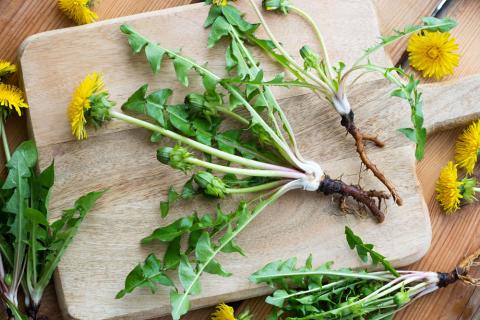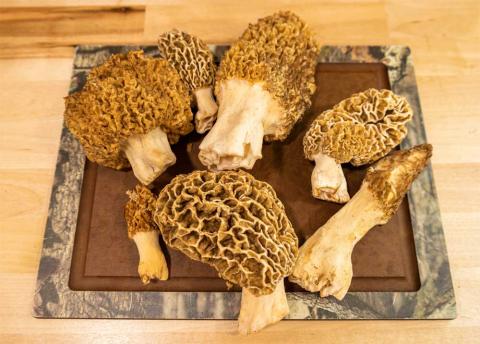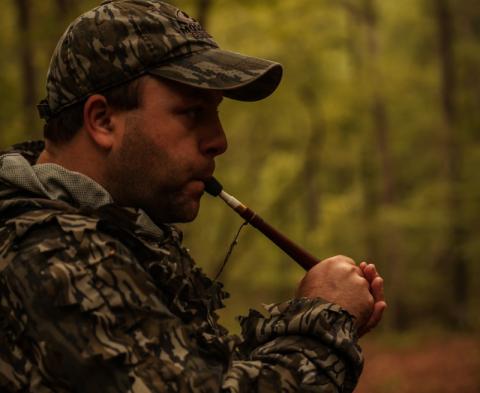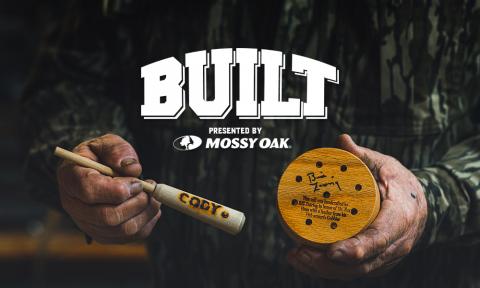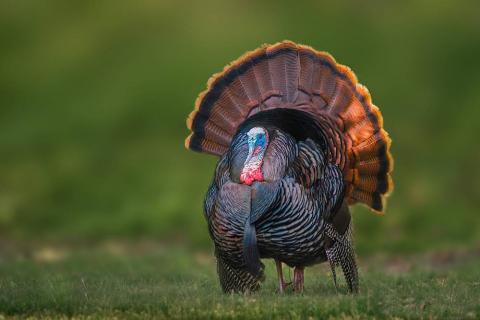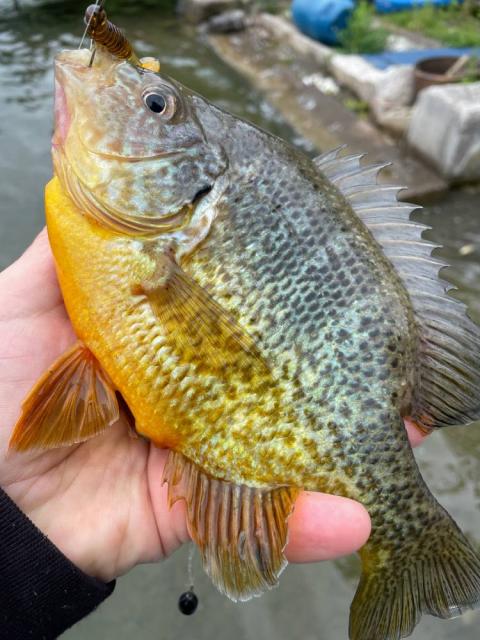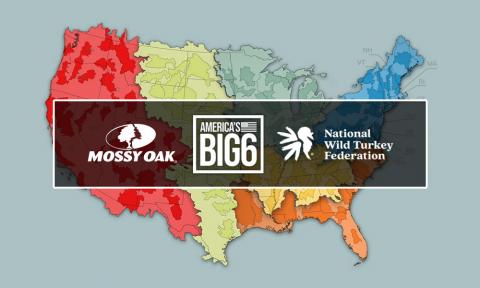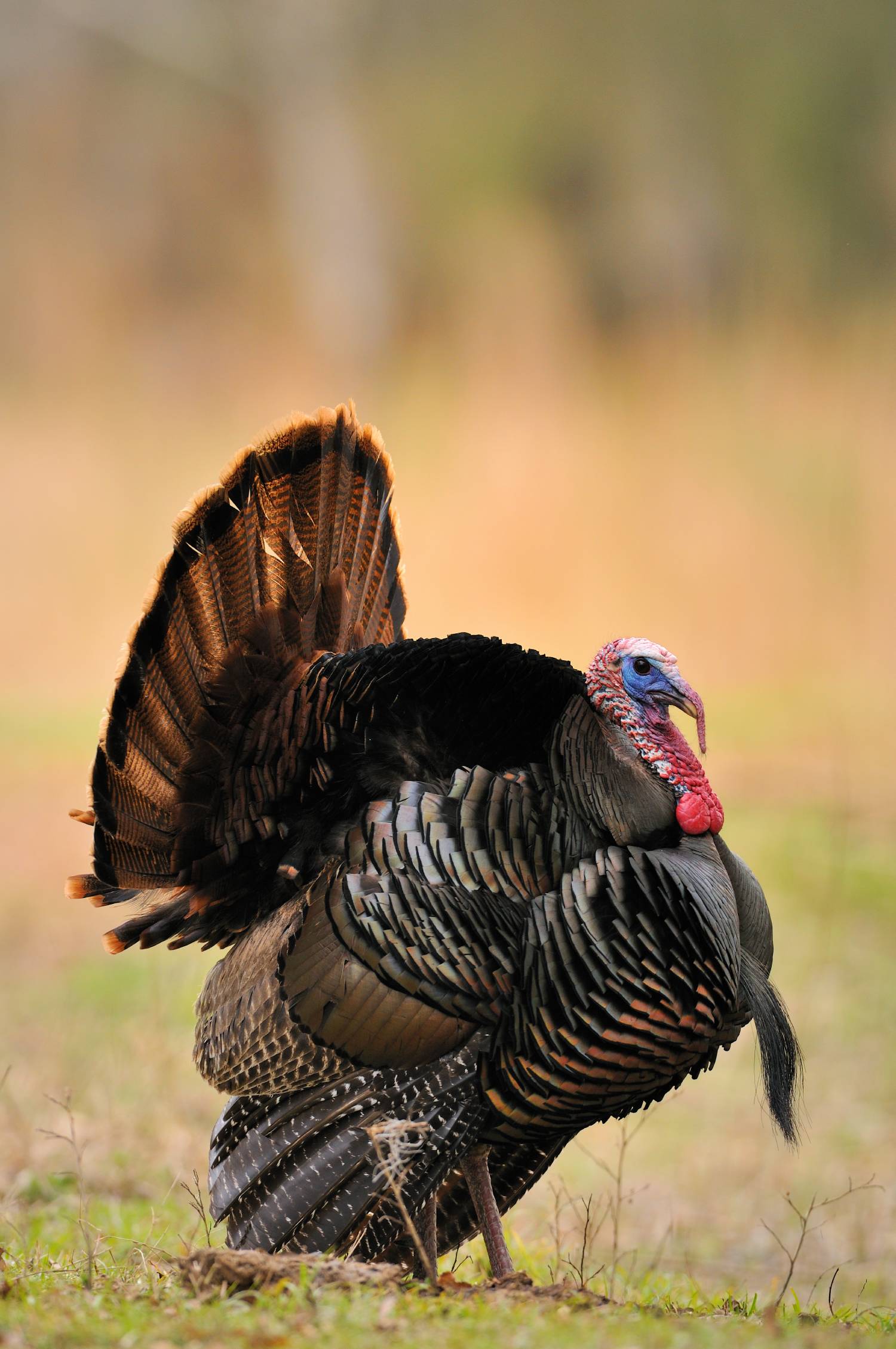Austin Delano
Planting during the late summer and early fall for the upcoming hunting season is one of my favorite times of the year. The anticipation of hunting trips and hopeful encounters with the deer we have been watching all summer is at its peak. I really try to encourage hunters to prepare and plan now so that busy time of year goes smoothly and you can eliminate some surprises that might otherwise derail a planting season.
After years of answering questions for other gamekeepers, it is becoming apparent that some of us are so busy that we try to squeeze all of our late summer/early fall plantings into one weekend. While this may work for some with only a couple of small plots to deal with, I have heard countless stories from equipment breakdowns, unanticipated overgrown fields, trees over roads, and numerous other setbacks that totally wreck a person’s intentions for a weekend of farming. Here are a few tips to help the planting process to go smoothly and efficiently.
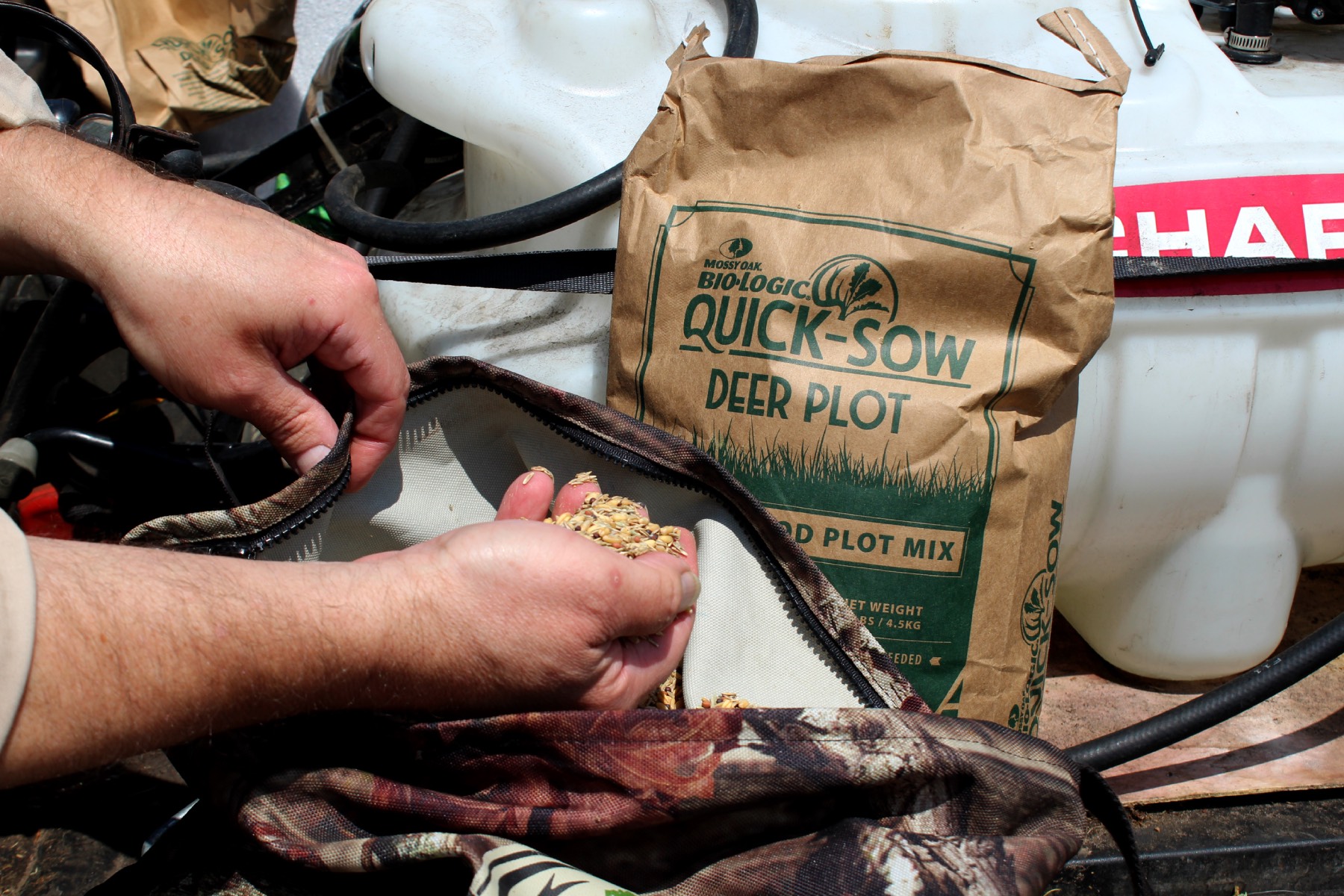
Proper seed bed prep significantly increases your chance at even germination and growing a successful plot.
An obvious, but important tip that can go a long way is to have tractors and implements in top shape for use. So many people’s equipment gets used once or twice a year and then parked in the weeds until next time. Proper maintenance of bearings, blades, tires, belts, fluids, etc are often overlooked and when a breakdown occurs it is almost always at a very inconvenient time, when you need the equipment the most. Recognizing and fixing potential problems early can really help your planting season go smoothly.
When we talk about planting tips for the hunting season, it is important to point out that there are differences in the timing for where you might live compared to other gamekeepers. For example, a person who lives in northern Minnesota has a 45 to 60 day difference in when they would plant their food plots for the hunting season compared to someone planting in southern Mississippi. This is somewhat further complicated by the fact that some species of plants often used in food plots have varying ideal planting times. This large gap is confusing to some and often leads to food plots being planted too early or too late which then results in subpar plots. As a quick example, if we use the previously mentioned areas, the hunter in northern Minnesota who wants to plant an all brassica blend ideally should try and plant during mid-July. On the flip side, the hunter in the deep south won’t plant that same blend until late September.
One issue that a lot of food plot managers often run into is what to do with plots that are planted with warm season annuals like beans, lablab, or peas that are still producing good quality food, but it's also time to prepare that same plot for cool season annuals for the hunting season. I don't know that there's a perfect answer or solution to that issue, but I have found what works is to leave a strip or section of that warm season annual standing that can continue to provide food while you prepare the majority of the plot for your cool season planting. Once a frost hits or the warm season annual matures to the point of non-use, a cereal grain like wheat or oats that germinates quickly can be planted. This is part of a tactic I call “plot partitioning” and in my experience is very effective.
Another common problem I see gamekeepers trying to deal with is showing up to plant and their plots are 3 to 4 feet high in weeds and grasses. The problem isn’t in the weeds themselves, but what happens when you try to incorporate a few tons of this green biomass into the top few inches of soil you are turning over. There is nothing wrong with letting a field sit fallow during the spring and summer months, those weeds and grasses often contain beneficial native browse and are good sources of cover during fawning and bird nesting. There is also a lot of benefit in disking or cutting in a season of biomass and organic material. The problem comes when it is attempted the same day you are trying to create a good seed bed for planting.
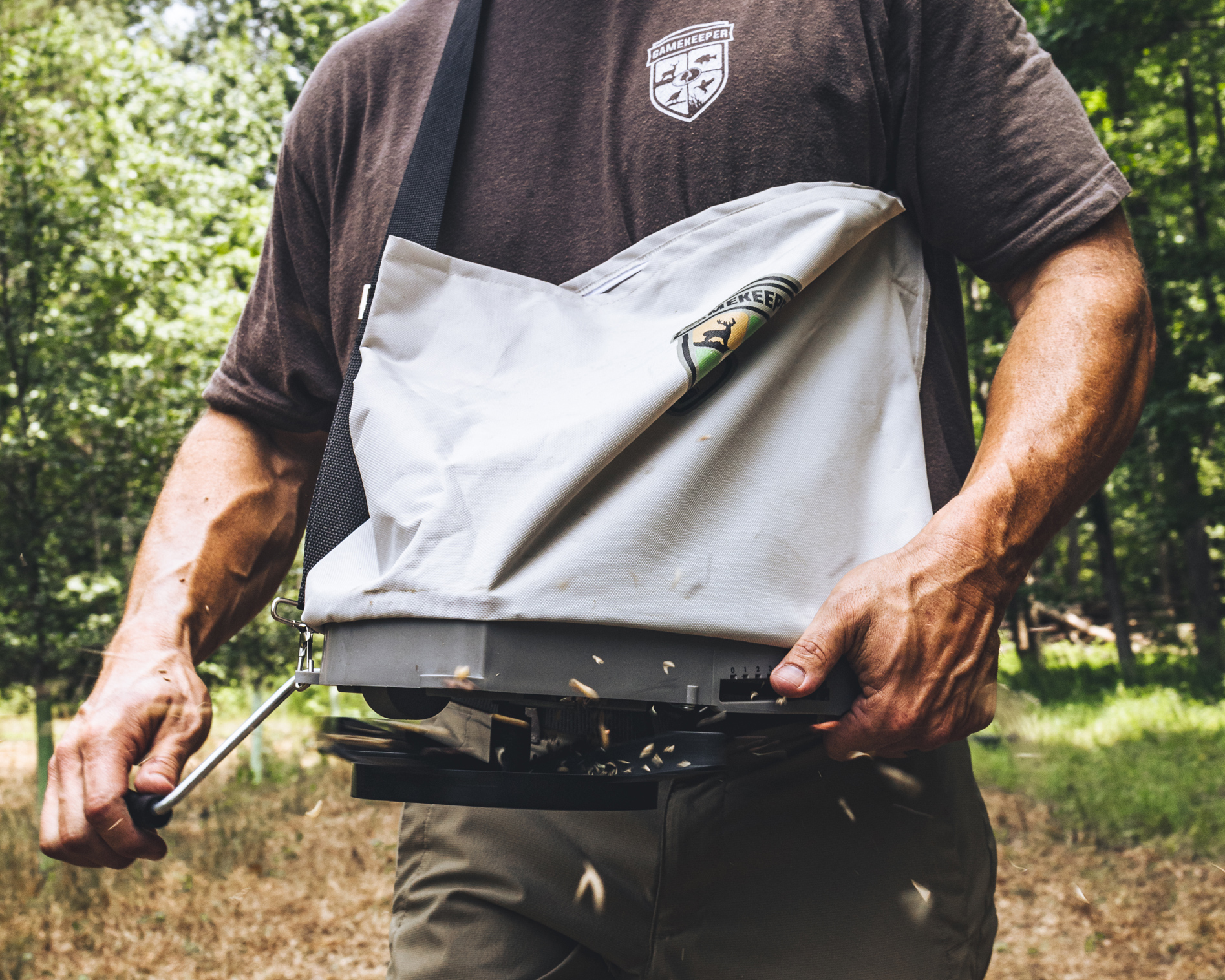
Using a non selective herbicide at least a couple of weeks before planting really helps to make disking, tilling easier and increases your chances of creating a good seed bed.
Ideally dealing with all this plant residue would need to be done at least a couple of weeks, if not a month ahead of planting. The other option if you let fields sit fallow during the spring/summer but you intend to plant that plot for the hunting season, is cutting and spraying. You will burn less fuel and put forth less effort by cutting and then spraying the plot a couple of weeks ahead of your planned planting date. A properly applied non-selective herbicide will kill the weeds and create a very dry and much easier to manipulate material.
Seed bed preparation is extremely important in growing successful food plots. Many planting failures can be attributed to poor seedling survival or lack of germination due to incorrect planting depth and poor seed bed prep. This is especially critical when planting small seeds like clover, chicory, brassicas, or alfalfa. These seeds need a covering of no more than ¼ inch of soil.
Oftentimes when plots are disked or tilled, the seed bed is left fluffy and is not conducive for small seeds to germinate. Many times when small seeds are broadcast onto a very finely disked and fluffy seed bed, even a moderately heavy rain causes some seeds to be buried to deeply and results in an uneven stand.
Ideally, when planting smaller seeds, fields should be cultipacked after disking or tilling to firm the seed bed up. Seed can then be broadcast, and for the best seed to soil contact, fields can then be cultipacked again. This process creates a great environment for seedling survival by incorporating the seed at the proper depth. Cultipacking also allows moisture to move through the soil profile properly and keeps moisture around the seed as it germinates. Leaving a seed bed un-packed and full of air space allows the soil to dry out much more rapidly and increases the chance for plot failure.
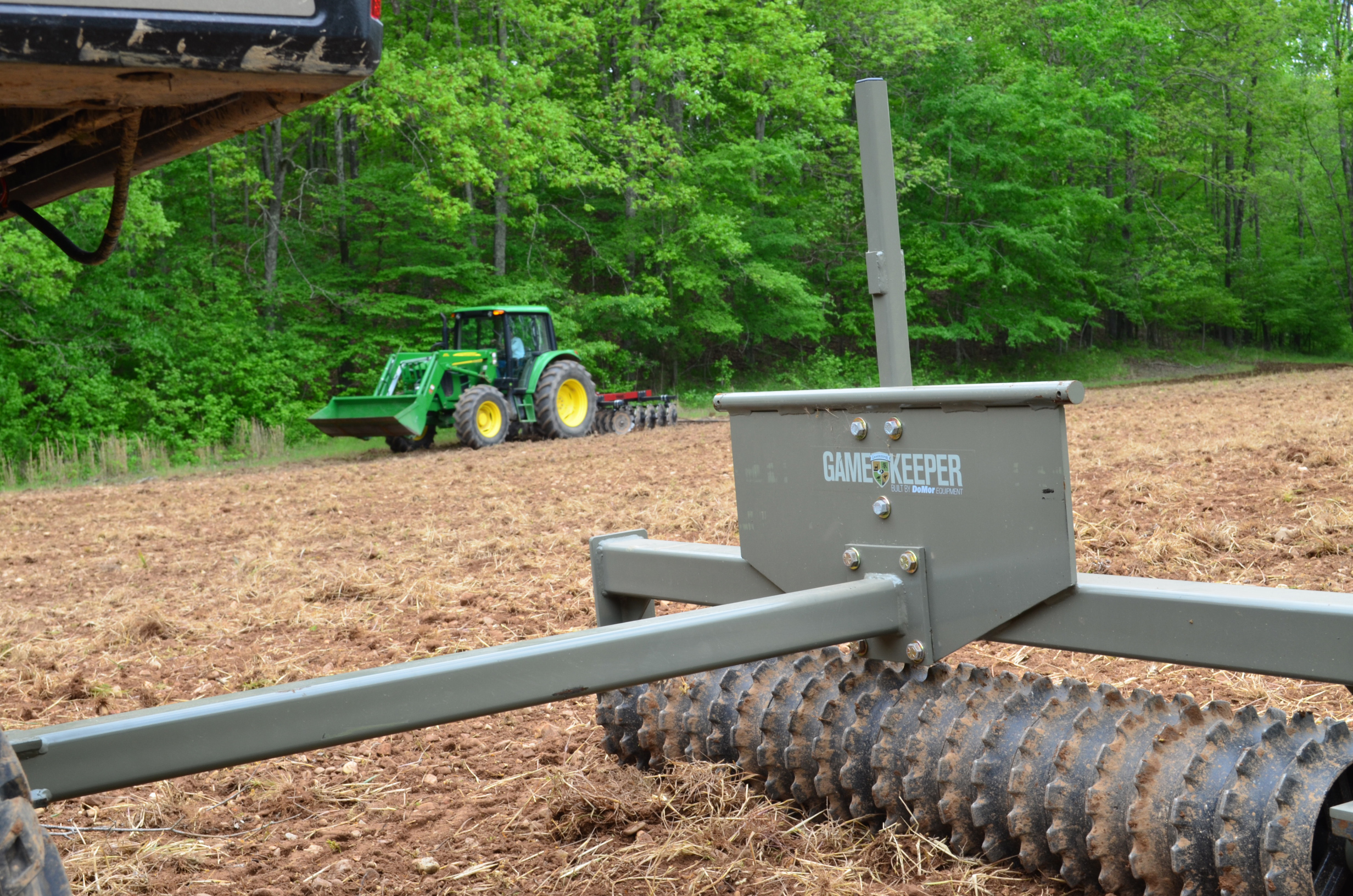
Nitrogen fertilizers (like the urea 46-0-0) should be incorporated into the soil just prior to or at planting time to eliminate any chance of losing some to atmospheric volatilization.
A question I am often asked is “What kind of fertilizer do I need to use on my plots”? That is a great question and one with a lot of variables. There is no substitute for an up to date soil test that gives pH and nutrient levels. Adding agricultural lime to neutralize the acidity of the soil is an often overlooked step, but one that is a major factor in growing good crops. For example, a soil with a pH level of 5.0 is 100 times more acidic than one at 6.0. At a level of 5.0, 60-70% of the fertilizer added is unusable by the plants. Not only will food plot crops grow better in a less acidic soil, deer will also utilize the crops better due to a better tasting plant.
For most all food plot crops, both warm and cool season, a pH of 6.2 to 7.0 is ideal. Many hunting clubs and individuals work on a pretty tight budget when it comes to planting food plots. When soil tests reveal a low pH level, money is much better spent on getting the appropriate amount of lime added to the soil rather than more fertilizer. Adding lime is a chore I often relate to planting a tree when someone asks when they should do it. The best time was yesterday, the next best time is right now. Lime takes time to breakdown and doesn’t neutralize acidity and change soil pH overnight. Fertilizing is a little different in my opinion. Depending on your soil type, fertilizers break down and are utilized by plants or are leached out of the root zone more quickly than lime.
So for example, if you know by a recent soil test that your plot needs a given amount of fertilizer for optimal growth, I wouldn't suggest adding that fertilizer six months ahead of the planting date. I think you get more bang for your buck and better plot results by incorporating that fertilizer and disking it in just prior to, or right at planting time. This especially holds true when planting in hot and humid conditions and you are using a high nitrogen fertilizer like 34-0-0 or 46-0-0 for cereal grains and brassicas. It is beneficial to work in these nitrogen fertilizers just before planting because in high heat and high humidity situations a lot of the nitrogen can be lost through volatilization if it is left laying on the soil surface.


















